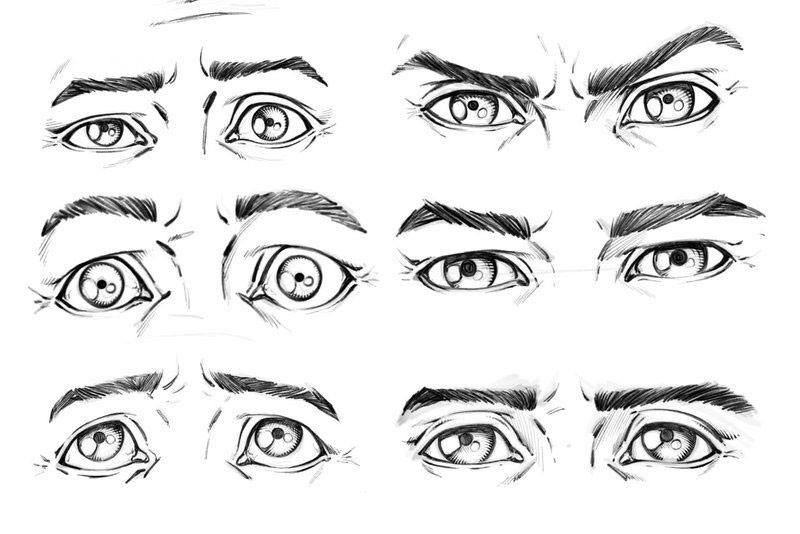

To cite an image with no author in APA style, it is important that you know some basic information such as the title of the image, publication year, publisher/museum/gallery, and/or URL (uniform resource locator). She has worked in digital marketing, libraries, and publishing. Elise Barbeau is the Citation Specialist at Chegg. Michele Kirschenbaum is a school library media specialist and the in-house librarian at EasyBib. Written and edited by Michele Kirschenbaum and Elise Barbeau. Denver Art Museum, Colorado, United States. An animated chart of 42 North American butterflies. Historical map of the religious divisions of Germany c.
#Reference photos manual#
Publication manual of the American Psychological Association (7th ed.). Section 12.15 of the Publication Manual provides more information on reproducing images and graphics.Īmerican Psychological Association. However, reproducing the image inside of your essay or research paper might require additional permissions and/or attributions.
#Reference photos how to#
This guide provides information on how to cite images and photographs.

Looking to cite a different type of media, like an audio recording or a radio interview? has citing tools that can help! Guides Overview The information from this guide comes from the 7th edition of Publication Manual of the American Psychological Association (Chapter 10, Section 10.14).

In this guide, you will learn how to create accurate APA citations for digital images, infographics, maps, and even artwork from museums. Photographs, paintings, infographics, and maps are only a few examples of the many types of visual content that can be included. Remove all the extra faces these operations leave you with, and you're ready to move on.Referencing visual media in your research paper, thesis, or dissertation can be an engaging and effective way to support your argument. Your Snap options can also be used to model with ease and precision.Įxperiment and see what works for you other tools like Edge Loops and Spin may also come in handy, depending on what you're modeling. Be sure to Join them all together in Object Mode after everything is in place. Give it dimension with a simple Extrude command.Īdding more primitives is an obvious one. The same can be said of the handle-use the Knife to add more geometry where you need it.

Depending on your subject, you could also save some time by using a Mirror modifier to create the body itself. Mirroring each operation from the Properties panel ensures that everything stays completely symmetrical.You can constrain each cut to your perpendicular axes by hitting X, Y, or Z after marking each point. We can continue etching out the drawer handle, the metal legs, and other supporting details by tracing over the design with the Knife tool. Once you've found something high-quality that interests you, you're ready to begin. We recommend starting somewhere in this zone, but you can use anything that offers you a clear view of your subject, ideally from all sides. Get it here if you'd like to follow along. For this Blender tutorial, we're going Blender Guru: the Oscar end table by Zanotta, complete with a 2D blueprint with three viewing angles to exploit. The first step in this process will be choosing your reference images. In this tutorial, we'll go over the basics of importing reference images into Blender and following the design that they lay out to a T.įinding images for Blender modeling is a lot of fun-Pinterest, Tumblr, and other sites like these are all excellent resources for fashion, architecture, and other Blender reference images depicting your subject of choice. Blender references can be extremely helpful when modeling something specific, such as a vehicle, a character, or an everyday object.


 0 kommentar(er)
0 kommentar(er)
